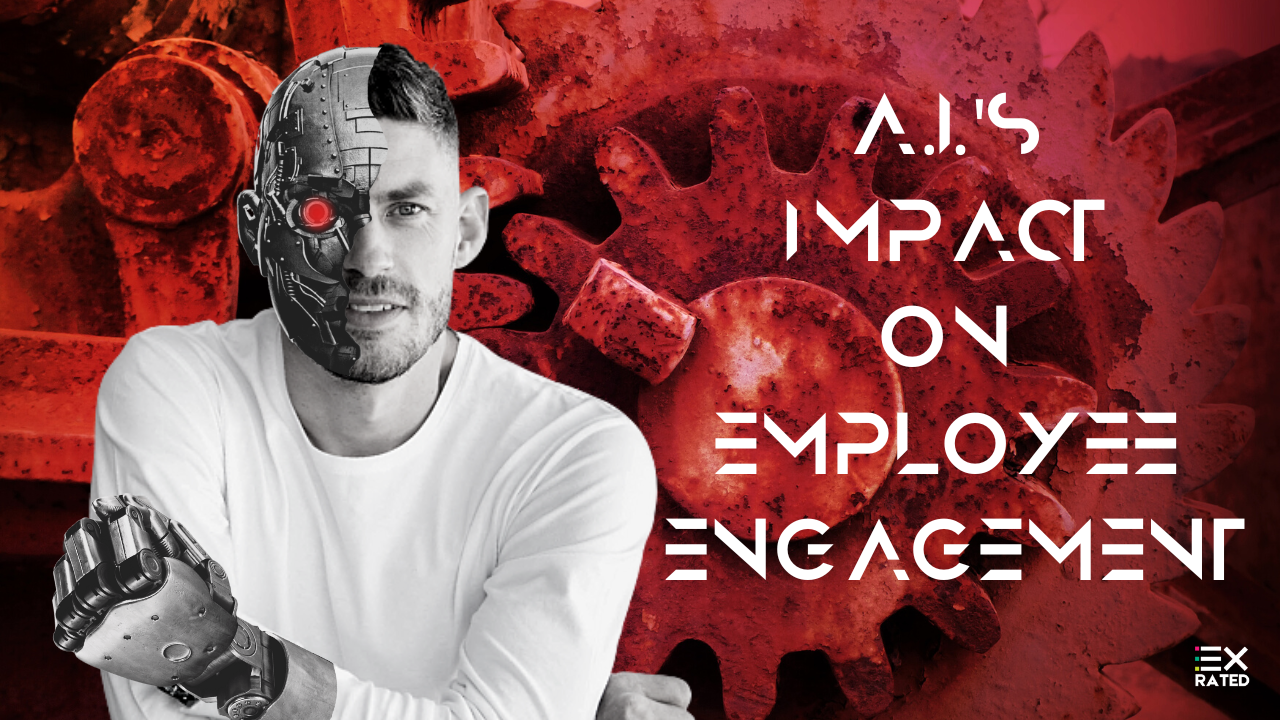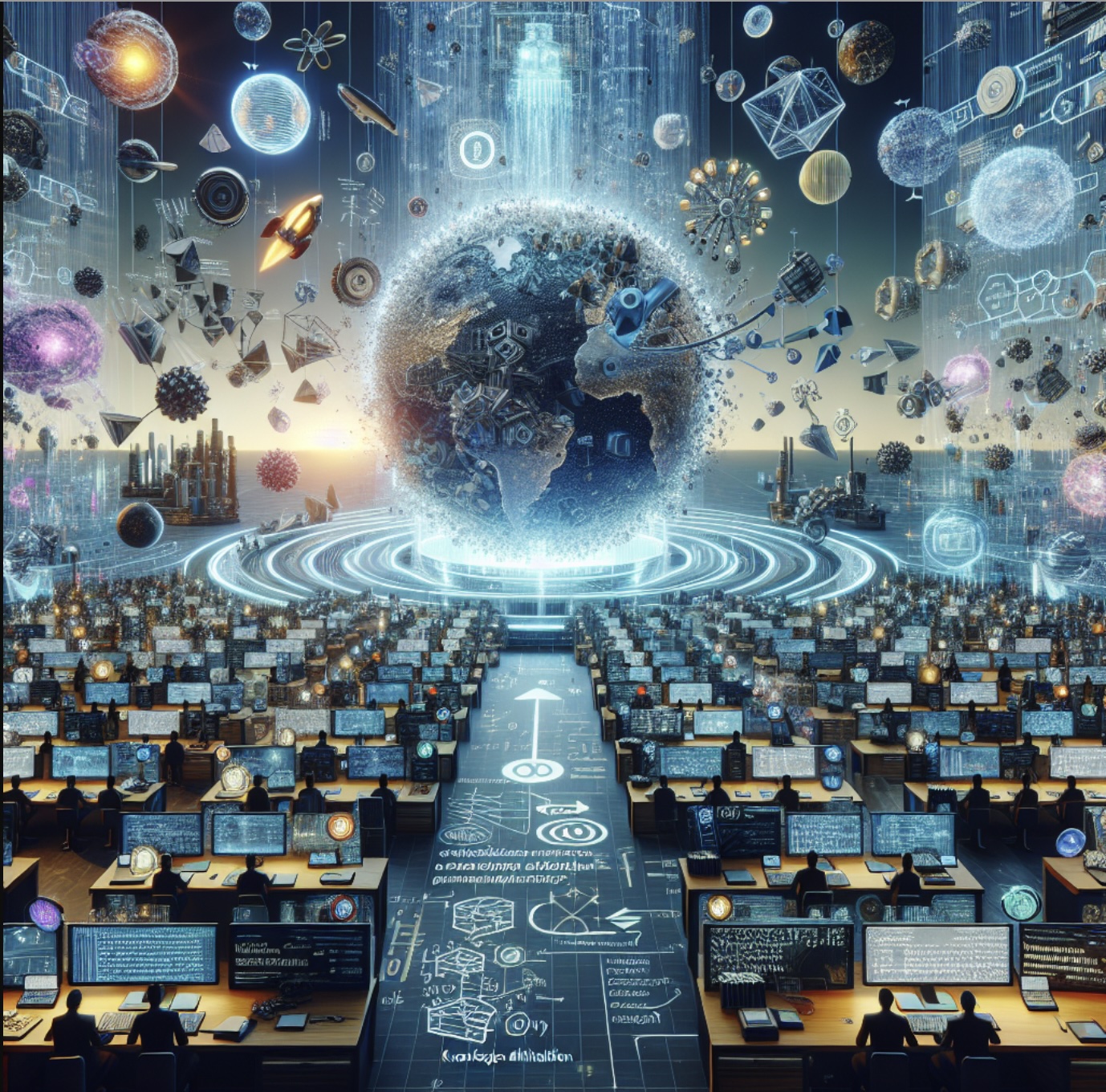Jul31

I had to laugh, and if you haven’t heard that one already, I hope it gave you a laugh too. Artificial intelligence (AI) is commonplace enough today that we can laugh about it, but that’s not always been the case. There was a point in time when people were afraid that robots would start taking away everyone’s jobs. And while this fear was augmented by futuristic Sci-Fi movies, it was a real concern for many people. What value do you offer if technology can do everything you once did?
Today, AI is taking people’s jobs… and we kind of like it that way. AI helps make our lives easier in so many ways. This comprehensive list of AI in our daily lives shows just how prevalent it is!
There is no longer an assumption that AI and automation are man-made evils leading us to judgment day. Instead, we understand that it’s a complex thing—sometimes working out well, sometimes not so much.
So, when it comes to AI in the workplace, can we leverage it to boost the employee experience? Is it something that will ultimately bring positive benefits to the workplace, or do we still need to fear robots ruining things that are important to us?
Let’s explore.
AI is very common today. So common that we might not even think about it as AI! When you contact a customer service department online, you’re quite likely to be speaking with an AI-driven chatbot to help figure out your problems.
The most common purpose of AI is to offload jobs that people don’t want to do, freeing up time to focus on things that you do want to do. Here are two examples I’ve seen in recent times:
I think that using AI to free employees up to do more important work is a wonderful use of it. But that’s what it does—AI takes aways work from people. So, the question becomes: is AI good enough to replace people in all circumstances?
The answer highly depends on what we’re trying to use AI for. To clean floors at Woolworths? Yeah, our technology is good enough to replace a person.
But human-to-human contact? I’m not so sure about that. I’ve rarely interacted with a chatbot that has the same understanding as a human. Typically, it just lengthens the time of my interaction before I can get in touch with a real person. That said, data shows that chatbots actually have a pretty high success rate: 87.2% of consumers have a neutral or positive experience and 68.9% of chats are handled by a bot start-to-finish.
But while my frustrations with chatbots might not be shared universally, there is still a lot of room for error in using AI technology to replace a real person. Chatbots do not understand social constructs and need to be constantly monitored so as not to be manipulated. Microsoft’s Tay project is the perfect example of this: they released a Twitter bot that was supposed to impersonate human-like interactions. Instead, Tay started making racist and derogatory remarks to other Twitter users!
So, we need to be careful about quickly jumping to use AI. We need to ask: what’s the purpose of using AI right now? If it’s to take shortcuts and circumvent human-to-human interaction, we’re likely not using it right. But if it’s to free up time to focus on those human interactions, it can be a powerful tool.
For AI to positively impact employee engagement, it must be used strategically.
AI-driven data, logistics, and statistics that can make targeted suggestions and track progress, so managers know how to best coach and lead their teams effectively make a lot of sense. Instead of wasting time exploring, analysing or wondering what’s working and what’s not, they can just focus on the relationships.
Similarly, AI can be used to empower employees in their customer interactions. If AI can lessen their workload and remove some easy, routine tasks (i.e., filling out a report or summarising data), they can get back to what is most impactful.
AI has the potential to improve both the employee and customer experience. But it can only do that if we get our heads out of the spreadsheet and go back to what’s truly important—better human interactions. AI for the sake of AI is not going to do us any good. Let’s be strategic, know its limitations, and use it to free up time to strengthen and build solid human interactions. Because it’s person-to-person contact that truly makes the difference for employee engagement and customer experience.
Those are my thoughts—I want to hear from you! What’s been your experience with AI in the workplace? Do you share my frustrations with chatbots? What are the biggest AI “wins” that you’ve seen?
Keywords: AI, Customer Experience, Future of Work
 The Human Twilight and the Dawn of Intelligence: A Future Awaiting
The Human Twilight and the Dawn of Intelligence: A Future Awaiting The Electrification of Everything: Why Energy Transition Is Hard, and Why Delay Isn’t an Option
The Electrification of Everything: Why Energy Transition Is Hard, and Why Delay Isn’t an Option Prediction Is a Trap. Preparation Is Power.
Prediction Is a Trap. Preparation Is Power. China Outpaces U.S. in Shipbuilding: 1,000 to 8
China Outpaces U.S. in Shipbuilding: 1,000 to 8 The Innovation Dilemma: Open-Weight Versus Proprietary Models in Knowledge Distillation
The Innovation Dilemma: Open-Weight Versus Proprietary Models in Knowledge Distillation